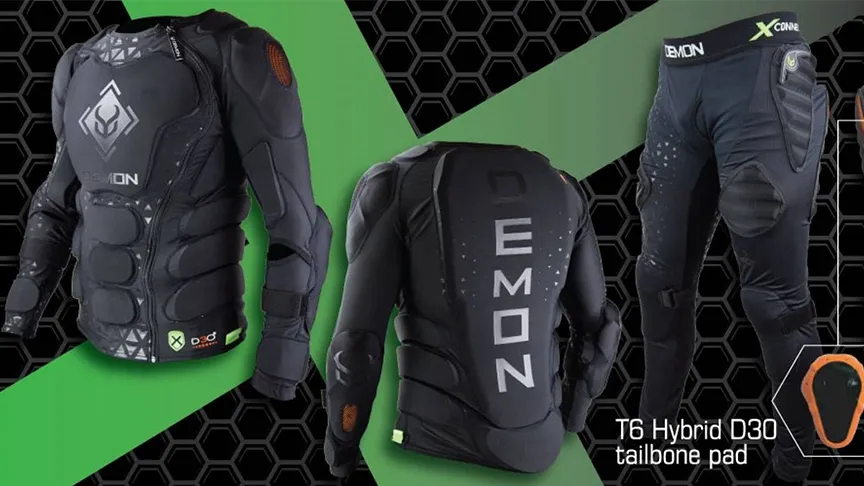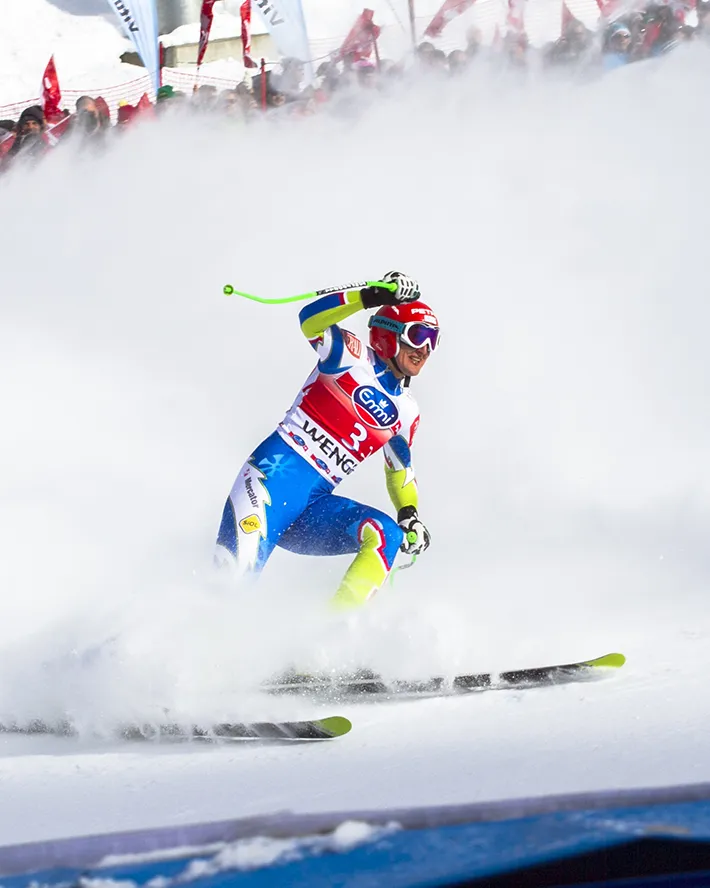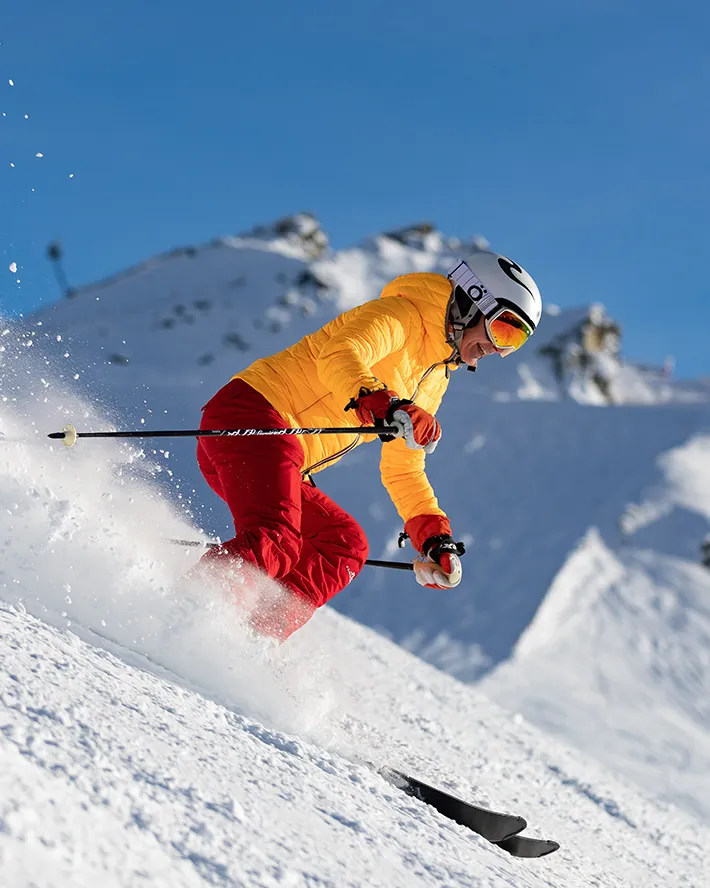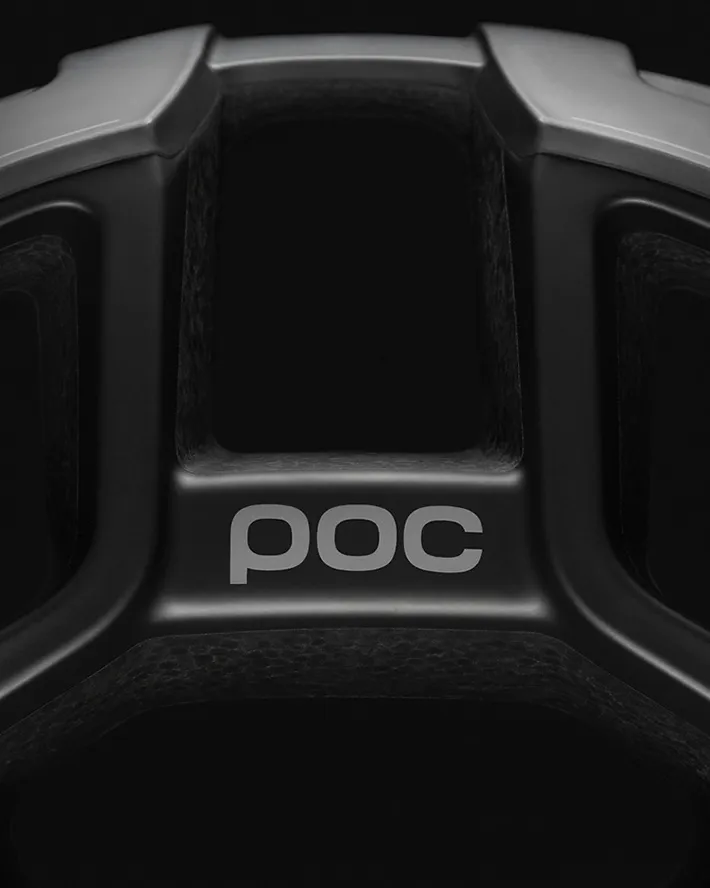Ski racing has a rich history dating back to the early 20th century, when the sport first began to gain popularity in Europe and North America. Over the years, many legendary ski racers have emerged, pushing the boundaries of what was thought to be possible and leaving a lasting impact on the sport. In this blog post, we will take a look at some of the pioneers who changed the game and helped shape the sport of ski racing into what it is today.
Understanding European standards for ski body armour and back protectors

Want to know more about how impact protection and body armour for skiing, boarding or mountain biking is certified in Europe? Then read on...
Overview of European Standards for Body Armor and Back Protectors
The first thing to know is that there are no body armour product standards that are specific to skiing, boarding or mountain biking. Instead, body armour is certified according to the the European motorcycle armour standards. The technical name for this standard is EN-1621. This is divided into two subsections - EN1621-1 covers all body armour except back protectors/spine guards, while EN1621-2 covers back and spine guards. The standards are revised periodically, so certification on products may also refer to the specific revision of the standard that was passed, e.g. EN1621-1:2003.
What do the tests underlying these standards involve?
Essentially the tests involves a 5kg object being dropped onto the protective equipment, from a height necessary to generate an impact speed of 4.47 metres per second (about 10mph). In the back protector test, the striking object is kerb-shaped, while in the test for other body armour the striking object has a flat surface. The body armour is is mounted on equipment that measures the transmitted force. To obtain a test result, the object is dropped multiple different times and at several points on the protector, and the average transmitted force is measured. You can see an example of the test in action here:
To pass the test:
EN1621-1 Body Armor Standard for All Body Parts Except Back/Spine
The average transmitted force of 9 tests must be less than 35kN, with no single result being greater than 50kN.
EN1621-2 Body Armor Standard for Back/Spine Protectors
A protector is certified as providing level 1 coverage if the average peak force transmitted through the protector is less than 18kN, with no single value exceeding 24kN.
A protector is certified as providing level 2 coverage if the average peak force transmitted through the protector is less than 9kN, with no single value exceeding 12kN.
So level 2 coverage provides a higher level of protection than level 1.
All of the body armour for sale on our website is certified according to these standards.


